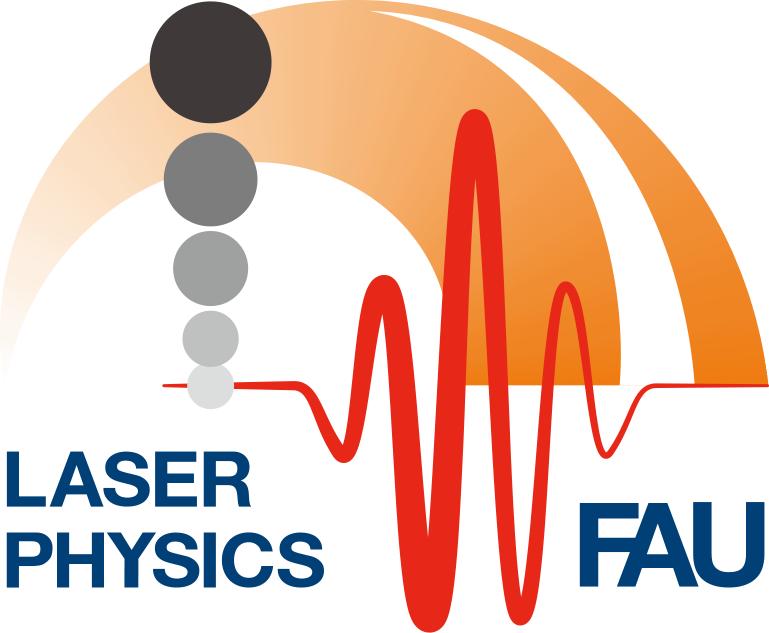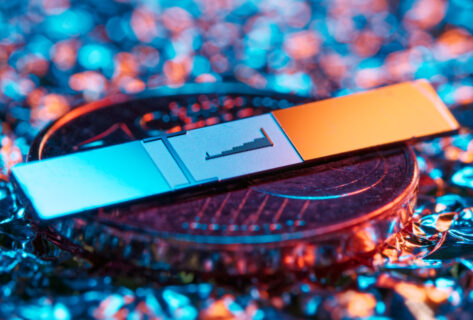Coherent electron acceleration using photonic nanostructures – published in Nature
Optical near-fields excited by ultra-short laser pulses in a silicon-based nanophotonic structure can accelerate free electrons. This is known as dielectric laser acceleration (DLA). This new method allows much higher acceleration gradients to be achieved in a smaller space compared to conventional accelerators based on radio frequency waves. It exploits the high damage threshold of dielectrics to generate strong optical electromagnetic fields at the surface of the structure. Our experimental demonstration of strong focusing two years ago (see here) was an important step for the dielectric laser accelerator; it showed that we could actively transport electrons through a nanophotonic channel using optical forces, but without energy gain at that time. Now we “only” had to write the accelerating effect into the structure. We achieved this earlier this year, which we have now published in Nature. We were able to guide electrons through an accelerating channel up to 0.5 mm long and only 225 nm narrow, increasing the starting energy from 28.4 keV to 40.7 keV. The relative energy gain is thus 44%. Our collaboration partners at Stanford have obtained similar results.
Our work can be found here. Here the FAU press release, and here the work from Stanford.
Our results have been discussed in various newspapers, journals and websites. You can find an overview here: media echo.

